Available in other languages:
Content available at:
العربية (Arabic)
Upon hatching, the birds are poikilothermic animals: their body temperature will rise or fall depending on the outside temperature, requiring a metabolic effort by the birds. It will take around 4 days for chicks from adult flocks and 5 to 6 days for birds from young flocks for the thermoregulatory system to behave homeothermically – constant body temperature.

It is postulated that birds from younger flocks present a different composition of lipids in their yolk, this being the factor that makes them need more time to go completely from poikilothermic to homeothermic.
There is a range of chick body temperature known as the comfort zone, where the birds are comfortable with the temperature that surrounds them:
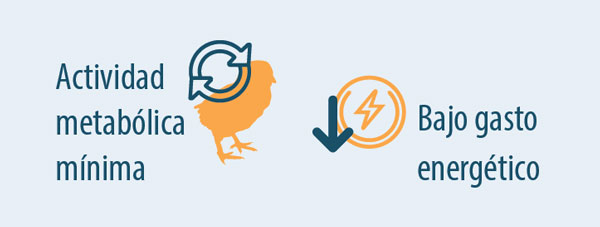
The best way to “find” the comfort zone is to measure the birds’ cloacal temperature.

If the cloacal temperature is above or below this range, adjustments should be made to the ambient temperature.
This information will help us adjust the temperature and ventilation of the hatcher according to the flock of birds that are currently inside the machine.
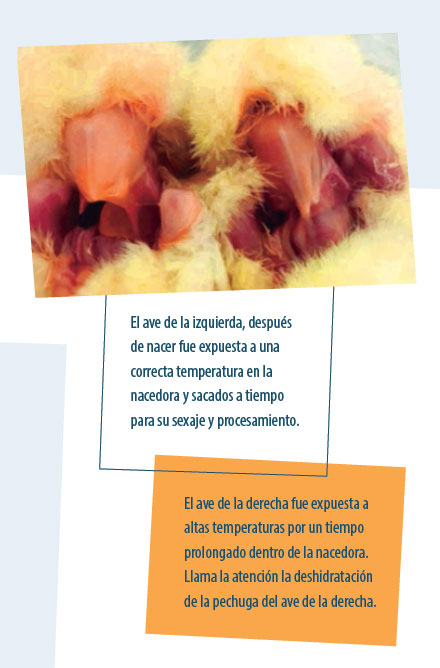
During sexing, vaccination or in beak or spur treatments, the temperature of the birds will drop to ranges of 38.3 – 38.9 ºC (101-102 ° F).
Particular care should be taken with birds after being exposed to spray vaccines, as their temperature can drop greatly if the drop is not correct. At the end of these operations, in the waiting room to be loaded in the truck, the birds must recover their body temperature between 39.5 – 40.5 ºC (103-105 ° F). 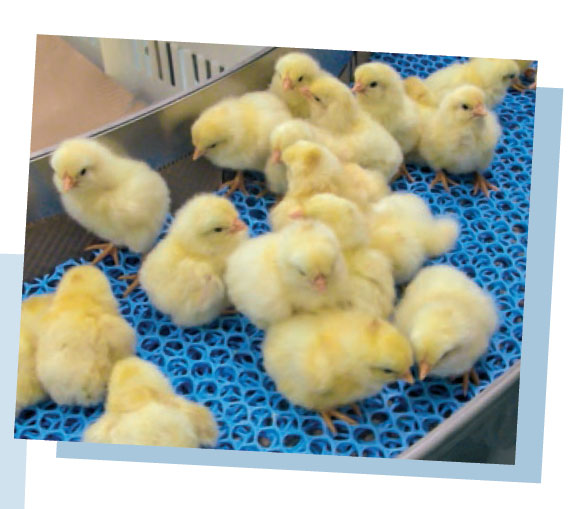
Upon arrival at your farm’s destination, as the birds are being lowered from the truck, the temperature of the birds inside the boxes should be monitored.
Preferably, the temperature of birds from different parts of the truck should be monitored, particularly when it is a large truck.
In addition to the correct air temperature of the house, it is important that the floor is acclimatized before the birds arrive. 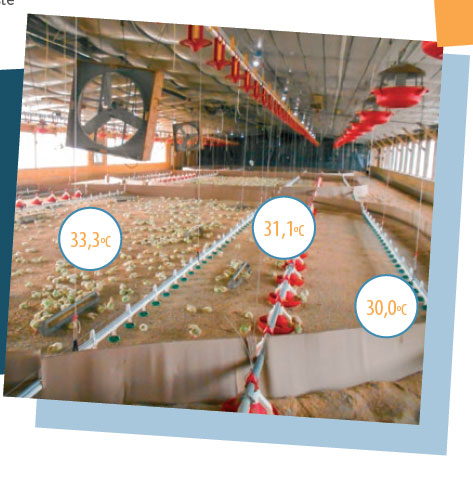

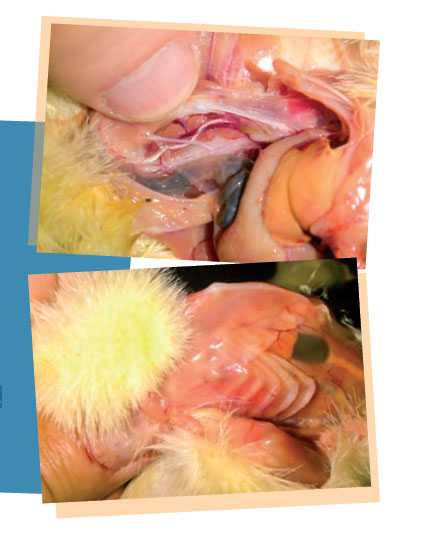
The energy expenditure associated with different metabolic adjustments will be reflected in low weight gain, poor dietary conversion and unevenness in uniformity. If the heat stress situation is strong and prolonged, the birds will stop drinking and eating to a point that death will occur.
Subscribe now to the poultry technical magazine
AUTHORS

Layer Longevity Starts at Rearing
H&N Technical Team
The Strategy for a Proper Infectious Bronchitis Control
Ceva Technical Team
Elevate Hatchery Performance with Petersime’s New Data-Driven Incubation Support Service
Petersime Technical Team
Maize and Soybean Meal Demand and Supply Situation in Indian Poultry Industry
Ricky Thaper
Production of Formed Injected Smoked Chicken Ham
Leonardo Ortiz Escoto
Antimicrobial Resistance in the Poultry Food Chain and Novel Strategies of Bacterial Control
Edgar O. Oviedo-Rondón
GREG TYLER INTERVIEW
Greg Tyler
Insights from the Inaugural US-RSPE Framework Report
Elena Myhre
Newcastle Disease: Knowing the Virus Better to Make the Best Control Decisions. Part II
Eliana Icochea D’Arrigo
Avian Pathogenic E. coli (APEC): Serotypes and Virulence
Cecilia Rosario Cortés
The Importance of Staff Training on Animal Welfare Issues in Poultry Industry
M. Verónica Jiménez Grez
Rodent Control is a Key Factor in Poultry Biosecurity and Sustainability
Edgar O. Oviedo-Rondón